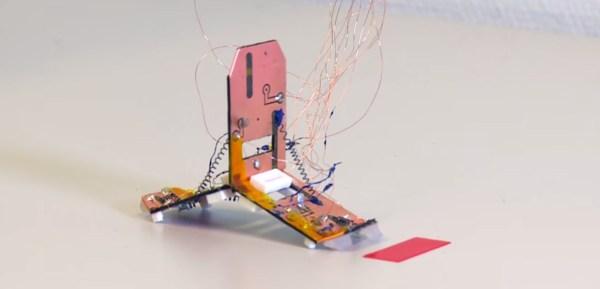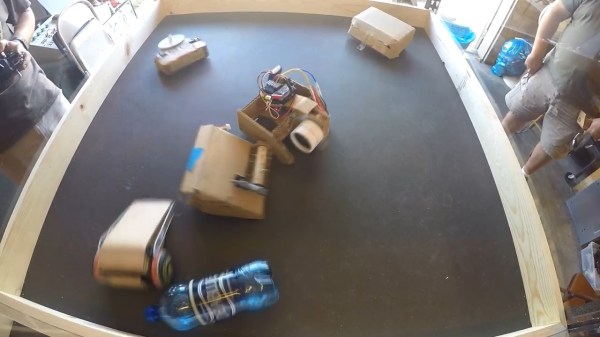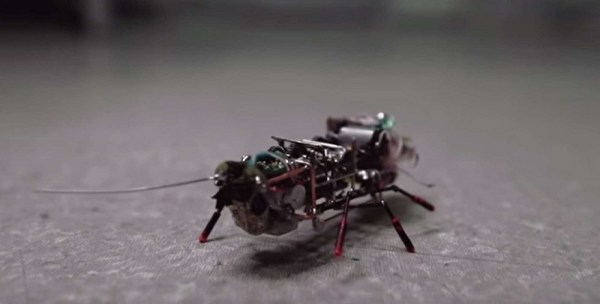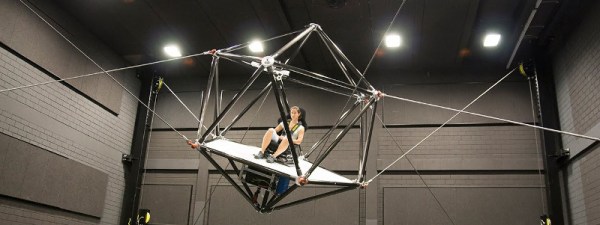NASA’s Jet Propulsion Laboratory (JPL) is working on a robot for the exploration of Europa’s oceans. A big problem is the oceans are under a permanent ice ceiling. JPL is making that ceiling a feature with a robot that dances, okay wheels, on the ceiling.
The Buoyant Rover for Under-Ice Exploration (BRUIE) is, as the name says, buoyant so it floats against the ice ceiling. Two large paddle wheels allow it to drive along the ceiling.
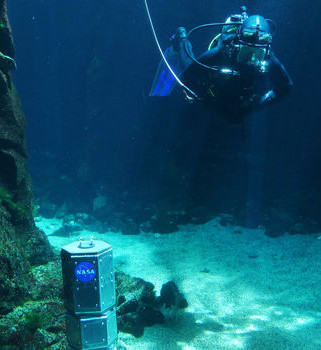
In 2012 they took an earlier version to Barrow, Alaska for testing under the ice. While the temperatures encountered there may not match those of Europa’s frozen methane [Europa is water, also – Rud] it’s still a challenging environment for man and robot. One of the challenges for the arctic exploration team was the need to test when the ice was thin enough to make a hole. They had to proceed judiciously to avoid falling in.
Recently they tested a newer version rover the California Science Center aquarium, giving new meaning to the phrase “swimming with the fishes.” Andy Klesh, principal investigator for the rover at JPL and volunteer diver at the science center accompanied BRUIE during the testing. Sometime in the future they hope to turn BRUIE loose in a lake where it can explore autonomously.
Fortunately the arctic team didn’t encounter any polar bears, another possible risk. When the rover makes it to Europa it’s unlikely to encounter an extra-terrestrial equivalent.
Video coverage after the break.


